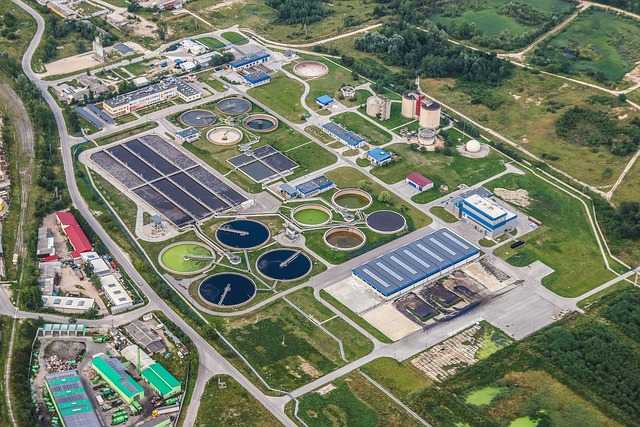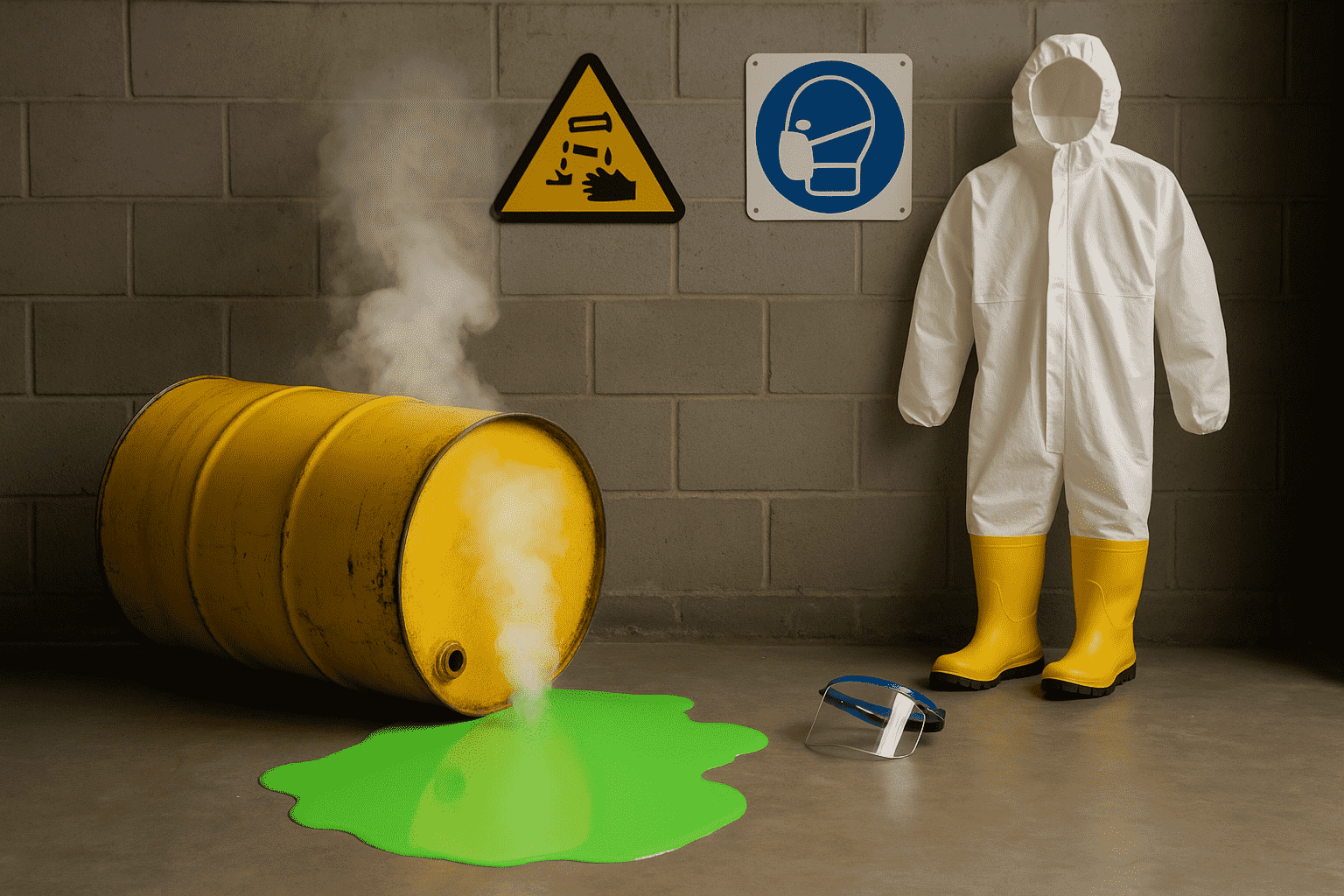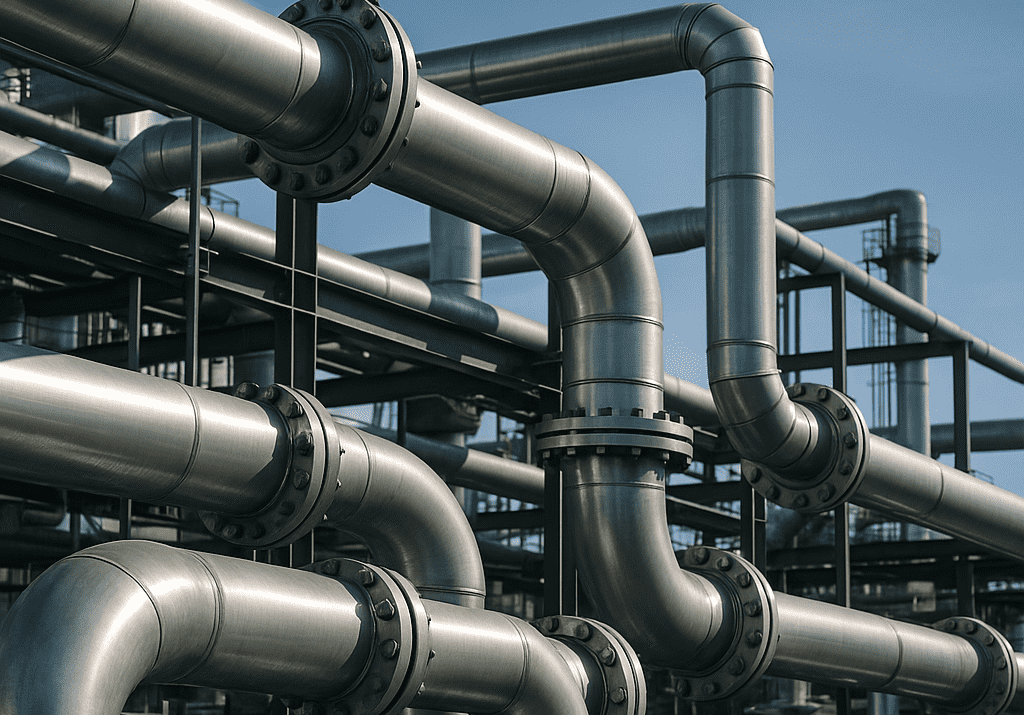Industrial Oil Skimmers Selection Guide

The industrial production process generates wastewater; its treatment is mandatory to meet the set parameters before discharge. Oil is one of the many components present in a wastewater stream. The presence of oil in wastewater may occur as production waste or through equipment leaks. Wastewater containing oil affects the plant performance and may attract hefty fines or suspension of production if discharged into the receiving channels.
Importance of Oil removal
Oil is an important treatment component in a wastewater treatment process. The removal of oil ensures no clogging and overall improved treatment process efficiency. It also mitigates the risk of fire/explosion and reduces plant maintenance & operating costs. Oil skimmers prove to be efficient equipment for removal of oil from wastewater.
Types of Oil Skimmers
Industries generate varied types of wastewaters containing different types and volumes of oils.
Hence, it is essential to identify the most suitable oil skimmer for your specific application. Primarily, all oil skimmers remove fat, oil, or grease (FOG) from water/liquid; they differ in their working principle. Based on their working principle, oil skimmers can be categorized into adhesion/ oleophilic and overflow.
Adhesion: Oil skimmers working on the adhesion principle take advantage of the difference in specific gravity, surface tension, and affinity of oil and water. Oil in wastewater comes in contact with the skimming media and adheres to its surface. The oil is scraped from the media, and is collected in a tank.
The surface to which oil adheres – the media is available in varied forms such as drum, tube, belt, disc, etc. The media vary in their proficiency to suit specific requirements. A careful evaluation of the oil skimmer performance under the required conditions is essential.
Overflow: The overflow type of oil skimmers is also known as non-oleophilic oil skimmers. The overflow type oil skimmers do not make use of a media to separate oil from water. Instead, a gate or opening is used to collect the oil. A pipe or unit is positioned at an angle to facilitate movement of the top oil layer in the opening and then pumped or sent to a collection tank by gravity. The two types of overflow skimmers are suction skimmers and weir skimmers.
Now that we understand the categories of oil skimmers, we must further study the specifics of each to help us make an informed decision.
Fixed Disc Skimmers
Disc skimmers are ideal for the removal of medium-viscosity oils. The volume and weight of the disc skimmers are large due to the size and number of rotating discs. Disc skimmers are ideal for large plants, whereas single disc skimmers are ideal for small skimming operations.
Belt Skimmers
Belt skimmers have a high recovery efficiency and high recovery rate. A rotating endless oleophilic belt passes through the oily effluent, which breaks the surface tension of the water to attract and collect the floating oil. The belt is passed through a set of wiper blades where the oil is wiped off from both sides of the belt. However, the belt skimmer has a fixed position which can be a disadvantage in certain scenarios.
Tube Skimmers
Tube type oil skimmers use a tube, a floating media to retrieve oil from the surface of wastewater. The oil is recovered by the closed-loop tube, the oil is scraped and discharged in a collection tank either on board or on the shore. Tube type oil skimmers are ideal for shallow water conditions, as the tube requires minimal water to float. The tube is partially heat resistant thus, facilitating heated operation in winter conditions. Tube type oil skimmer has a smooth surface ideal for recovery of high viscosity oils as compared to low viscosity oils.
Slotted Pipe System
A slotted pipe system is a type of oil skimmer wherein a pipe with a half cut is used to catch floating oil. The slotted pipe is placed at the end of the separation bay. The pipe is rotated at an angle to ensure that the slotted section is just above the water and in the oil layer, collecting oil under weir flow conditions. Due to their simplistic design, slotted pipes are inexpensive and maintenance-free. However, the major disadvantage is the high percentage of water collected with the skimmed oil.
Oil skimmers find application in almost all industrial wastewater treatment plants. Hence, different types of oil skimmers are designed for specific applications and site conditions. Oil skimmers are eco-friendly, efficient, cost-effective, and an affordable equipment, necessary for a wastewater treatment plant. Selection of a right type of oil skimmer for your specific application will aid the wastewater treatment process and help abide by the discharge norms.
Frequently Asked Questions
Q.1 What are the benefits of using a belt oil skimmer in industrial applications?
A. A belt oil skimmer offers several benefits in industrial applications. It efficiently removes oil from water surfaces, enhances water quality, and reduces environmental impact. Additionally, it minimizes maintenance costs and extends the life of machinery by preventing oil-related damage.
Q.2 Is there any training required for personnel operating oil spill response equipment?
A. Yes, training is crucial for personnel operating oil spill response equipment. It ensures they understand the proper usage, safety protocols, and effective response strategies to manage oil spills efficiently, minimizing environmental impact.
Q.3 How efficient is a mechanical bar screen in removing solids from wastewater?
A. A mechanical bar screen is highly efficient in removing solids from wastewater. By utilizing a series of bars or rakes to trap and lift debris, it effectively prevents larger particles from entering downstream processes, ensuring cleaner and more manageable wastewater.





